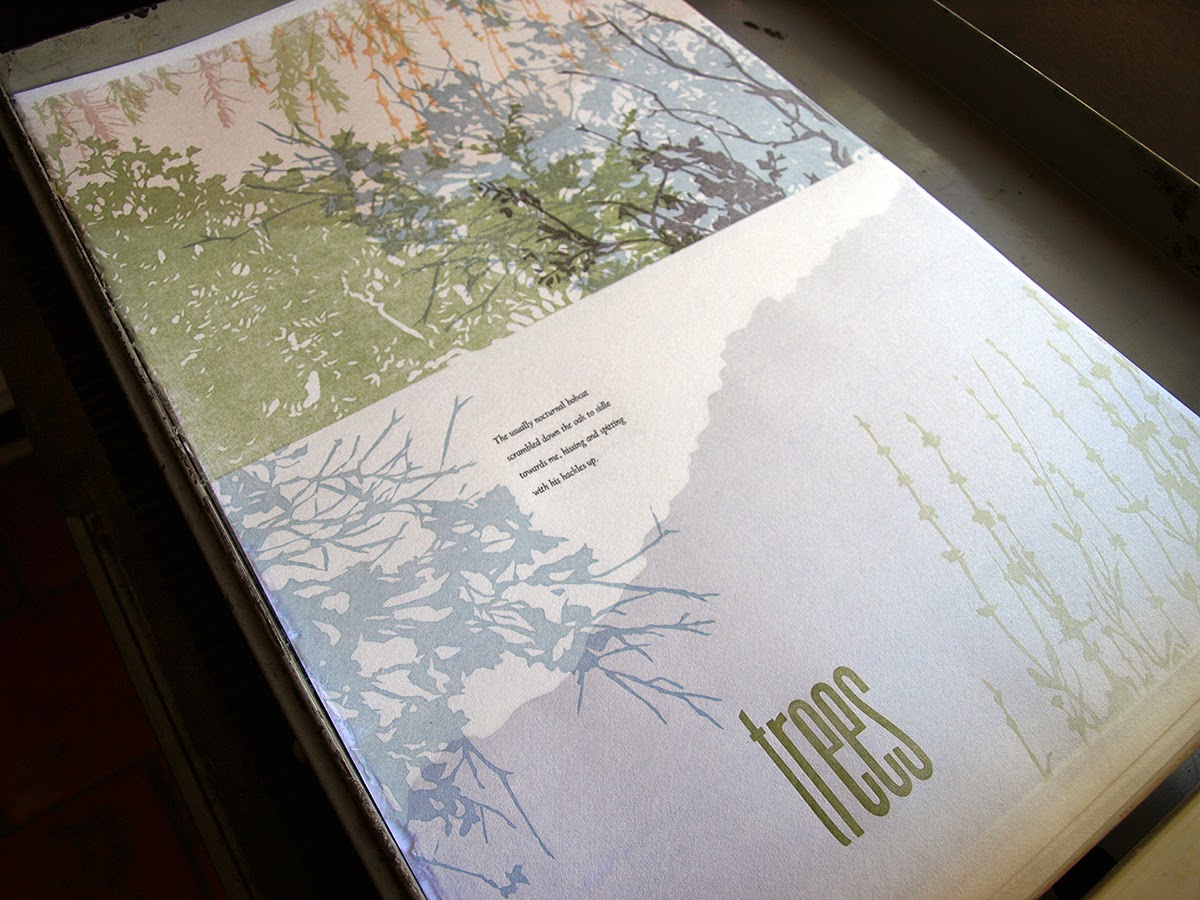This state of the "Where Stucco Meets Chaparral" is 10 full leather books housed in clamshell boxes with additional botanical prints not found in the book. Ten leather books, what was I thinking?
I've got the first 5 underway and they have completely taken over every available surface in the studio.
Here's a view of the chaos from upstairs.
This one is ready for its spine treatment. The next step is the board treatment of trimming the foredge and shaping the boards.
These two are almost done. They are getting their inside leather hinges.
A pile of Valley oak leaf onlays that have been cut out of thinly pared leather for the cover decoration.
These books need to have their boards fixed.
Paring leather is not relaxing for me.
I stop and tidy up periodically but it gets all messy again before I know it.




















































